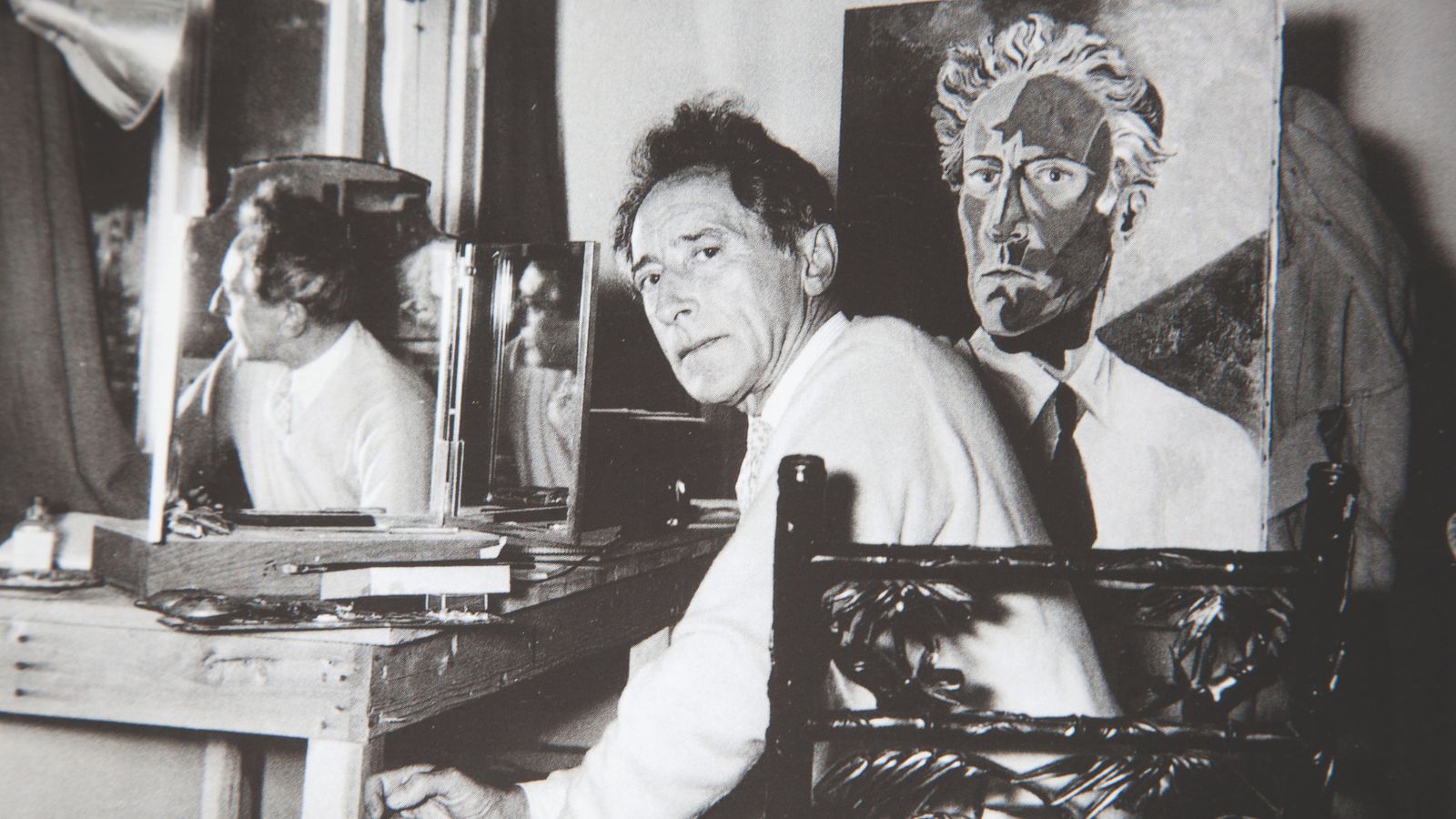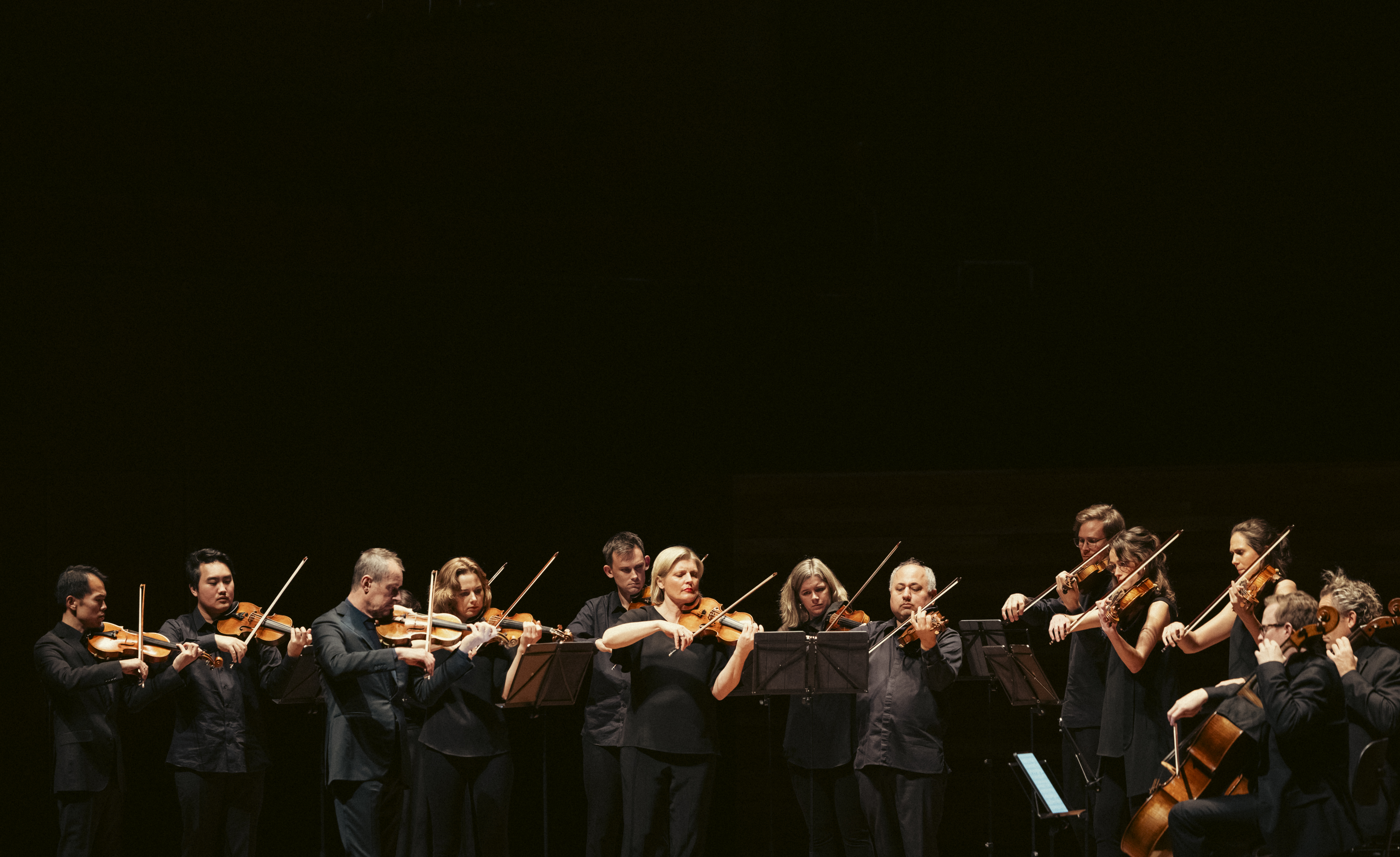
Paris in the 1920s: a sense of wildness in the air. A group of artists and writers, rejecting bourgeois ideals, embraced anti-art, putting chance at the centre of their process. They took up a movement – dada – that started in 1916 at the Cabaret Voltaire in Zurich but exploded in Paris in 1920 with artists and writers such as Francis Picabia and Marcel Duchamp.
"Imagine, for a moment, taking a velvet seat at the Théâtre du Châtelet for the 1917 premiere of Parade, Cocteau’s one-act scenario for the Ballets Russes."
They lived and worked for a time alongside Satie and Ray, at the Hôtel Istria, an art deco hotel in Montparnasse. The movement’s freewheeling energy, its disregard for the conventions of form, rippled outward. It was also shaped by the Ballets Russes, founded in Paris by the art critic Serge Diaghilev, which brought together visionaries from the worlds of art, music and dance, erasing the lines between disciplines. “You just got the feeling that they were thinking more interesting thoughts,” says Yaron Lifschitz, director of Cocteau’s Circle. “A lot of the best music of the time wasn’t composed for the concert hall. The greatest pieces were composed for the ballet, created as a kind of accompaniment.”
Imagine, for a moment, taking a velvet seat at the Théâtre du Châtelet for the 1917 premiere of Parade, Cocteau’s one-act scenario for the Ballets Russes. Satie’s fragments of melody, dancers moving across the stage cloaked in cubist forms, costumes by Picasso that hint at the advent of surrealism.
Imagine, for a moment, taking a velvet seat at the Théâtre du Châtelet for the 1917 premiere of Parade, Cocteau’s one-act scenario for the Ballets Russes. Satie’s fragments of melody, dancers moving across the stage cloaked in cubist forms, costumes by Picasso that hint at the advent of surrealism.
"Bodies adorned in Chanel’s elegant striped costumes, bold pinks and indigos, choreographed by Bronislava Nijinska, its polytonal score in fast-moving tempos by Darius Milhaud, who had visited dancehalls in Harlem and spent two years in Rio de Janeiro."
Or the performers gliding midair as part of the 1924 opening of Le Train Bleu, Cocteau’s satire of the French Riviera leisure class, at the Théâtre des Champs-Élysées. Bodies adorned in Chanel’s elegant striped costumes, bold pinks and indigos, choreographed by Bronislava Nijinska, its polytonal score in fast-moving tempos by Darius Milhaud, who had visited dancehalls in Harlem and spent two years in Rio de Janeiro. Milhaud was part of Les Six, a group of six French composers who drew inspiration from daily life, that included Francis Poulenc, Germaine Tailleferre and Arthur Honegger. They were mentored by Cocteau – the nexus of this heady world, the figure around which so many of the artists and visionaries who shaped this moment pivoted.
"Friendships and liaisons flaming brightly, once-in-a-generation talents soaring and then dissolving, addiction and tragedy snuffing out their potential."
Paris in the 1920s was alive with this sense of serendipity. Artists, no longer confined to their disciplines, coming together and then apart. Friendships and liaisons flaming brightly, once-in-a-generation talents soaring and then dissolving, addiction and tragedy snuffing out their potential. Cocteau wrote his acclaimed novel, Les Enfants Terribles, in 1928, at the Saint-Cloud clinic while withdrawing from opium. He died in 1963, hours after the passing of his friend, the singer Edith Piaf, whose plaintive “L’Hymne à l’amour” – “Hymn to Love” – closes Cocteau’s Circle, sung by Le Gateau Chocolat and the renowned Australian soprano Chloe Lankshear.
Milhaud was taught by Nadia Boulanger, whose sister Lili, the first female winner of the Grand Prix de Rome – the highest honour for composition – died at 24 from intestinal tuberculosis. Her lush arrangements, performed on piano and organ, harp and cello, carry a profound emotional depth that changed the course of classical music. The third interlude of Cocteau’s Circle, Le sacré, transports us to the world of the Boulanger sisters, Lili dictating Pie Jesu – composed when she was just 16, performed here by Lankshear – to Nadia on her deathbed. It’s an expression of spiritual surrender, haunting and powerful. A fateful connection between great artists that’s also a testament of love between sisters, greater even than death.
Click here to discover and book Cocteau's Circle, touring to Sydney, Brisbane, Melbourne, Adelaide, and Canberra from 8-22 November.
Written by Neha Kale
Milhaud was taught by Nadia Boulanger, whose sister Lili, the first female winner of the Grand Prix de Rome – the highest honour for composition – died at 24 from intestinal tuberculosis. Her lush arrangements, performed on piano and organ, harp and cello, carry a profound emotional depth that changed the course of classical music. The third interlude of Cocteau’s Circle, Le sacré, transports us to the world of the Boulanger sisters, Lili dictating Pie Jesu – composed when she was just 16, performed here by Lankshear – to Nadia on her deathbed. It’s an expression of spiritual surrender, haunting and powerful. A fateful connection between great artists that’s also a testament of love between sisters, greater even than death.
Click here to discover and book Cocteau's Circle, touring to Sydney, Brisbane, Melbourne, Adelaide, and Canberra from 8-22 November.
Written by Neha Kale
